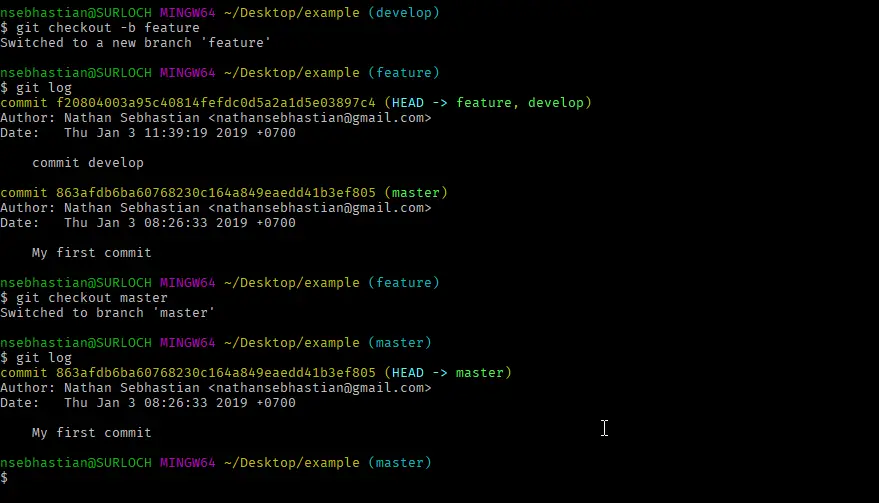

We can update the local master branch by merging the remote origin/master branch into it.Dive into Git's superpowered advantage: version control.(use "git pull" to update your local branch) Your branch is behind 'origin/master' by 1 commit, and can be fast-forwarded. This is because the origin/master branch has been updated, but the master branch hasn't.Now, if I run git status again, you'll see that the master local branch is out of sync with the origin/master remote branch.Remote: Total 3 (delta 1), reused 0 (delta 0) Remote: Compressing objects: 100% (3/3), done.

Remote: Counting objects: 100% (5/5), done. We need to give git fetch an argument with the name of the remote repo to connect to: git fetch origin To connect to the remote repo and update our remote branches in this local repo, we use the git fetch command.Again, that will change to the parent directory, and into the decoder-local subdirectory: cd. I need to change to the clone's directory cd.Let's go to our local repo and use the remote branch to copy that commit over. Now we have a new commit on the master branch in our remote repo.And commit it: git commit -m 'Add Z conversion'.Now let's stage the file: git add decoder.rb.Now let's edit the decoder.rb file, and add a new letter conversion.Make sure the master branch is checked out: git checkout master.This changes up to the parent directory, and then immediately changes into the decoder directory. I'll be using the fetch and merge subcommands for this. Let's try using the remote branch to bring a commit from the remote repo to the local repo. You can tell a remote branch name when you see one, because it always has the remote repo name, a slash, and a branch name.Your branch is up to date with 'origin/master'. But then below that, it says "Your branch is up to date with 'origin/master'.".At the top, it says "On branch master", as usual.If we run git status, we'll see something new.There's no sign of the add-letters branch from the remote repo. That's the only branch visible for now.If we run the git branch command, we'll see that Git has also set up a master branch for us.We can see this if we run the git remote command.As always, when you clone a repo, the original repo is set up as a remote repo named origin.Let's change into the directory for our so-called "local" repo, the clone: cd decoder-local.We'll set up the clone in the decoder-local directory: git clone decoder decoder-local In place of a URL, we'll have it clone from the decoder directory. We clone the repo with the git clone command.I'm in the original repo right now, so I'll change to the directory that contains it with cd.We'll have our original repo act as the remote repo, and our clone act as the local repo.This will also let us see the effects on both sides as we push and pull commits, so let's do a local clone.Normally, remote branches are used with a repo on a different machine, but they'll also work if we clone a repo to a second local directory.You can update a local branch with commits from a remote repository by merging a remote branch into a local branch. A remote branch is like a local branch, but it points to the commit that a branch in a remote repo is at.


 0 kommentar(er)
0 kommentar(er)
